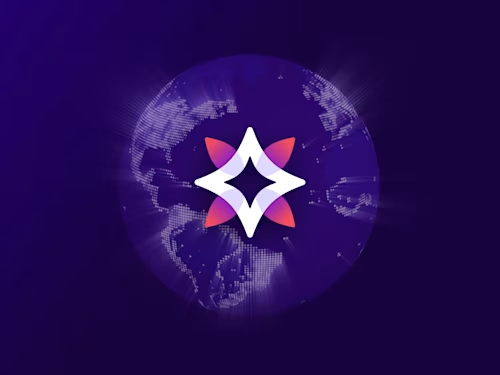
Delivering citizen services without the wait
Waiting in line at a government department should be a thing of the past. Discover how digitisation helps deliver speedy, secure citizen-centric services across all levels of government.

When was the last time you had to apply for a building permit? Register a vehicle? Or lodge an application for a government grant? Tasks like these don’t happen every day — but when they do, they are often stymied by a labyrinth of bureaucracy, endless forms, and frustrating delays. Time-consuming and painful, they can be a far cry from the swift and seamless experiences that other organisations offer.
But it doesn’t have to be this way. Across every citizen interaction, and across all levels of government, there are ripe opportunities to digitise processes and create more citizen-centric experiences.
Manual applications are slow and cumbersome
Let's consider Sarah, a small business owner in Perth who wants to expand her cafe with an outdoor seating area. To do this, she needs a permit. So she jumps onto the Department website and hunts down the PDF forms, which she prints out and fills in by hand. She then has to submit the paperwork in person during a busy workday, only to be told that it will take up to eight weeks to process her request. A week later, she gets a call saying they’re missing one page in the form. Back she goes. And the process begins again.
Or what about Mahsa? She needs to register her interstate vehicle. Her manual journey involves downloading several forms, deciphering complex regulations, and gathering physical proofs of ownership and identity. She then has to book an appointment at a licensing centre and wait in a lengthy queue while a service representative helps another citizen with a complex query. It consumes the better part of her morning. Weeks later, she’s still waiting for the registration documents to arrive by mail.
Sure, these examples may be a slight exaggeration of how slow and frustrating citizen experiences can be. But they aren’t a far cry from the truth. The process of applying for government grants, licenses, and permits is often slowed down by manual processing and the need for physical signatures. Why? Many government departments are still hindered by legacy systems and an entrenched resistance to change.
Digital transformation accelerates service delivery
Used to dealing with corporations and businesses that have invested heavily in digitisation of customer experiences, citizens have high expectations when it comes to completing tasks like permit applications or license renewals. Any bumps in the road create frustration, which reflects badly on the government department they’re dealing with.
Going back to Sarah’s example, imagine an online portal where she logs in securely, easily locates the digital form she needs, and discovers that much of the form has been auto-filled based on her log-in details. The system then guides her through the remaining requirements, instantly alerting her if there are any missed steps. Her application is lodged then and there, and she gets automated updates on its progress. Thanks to automated workflows and digital routing, processing only takes a week.
Sarah can get it all done without needing to pick up the phone or queue at an office. Not only does this give her a great experience, but it also lessens the load on government department employees and helps reduce delays in application processing.
Changes like these are easier than many think
The perceived cost and complexity of transforming government processes can hold many departments back from change. Yet incremental digitisation is not only affordable and easy, but it delivers near-immediate results.
For example, Docusign IAM gives you a flexible, innovative way to solve age-old agreement problems. You can start with foundational tools built to streamline and simplify agreements — like eSignature — and incrementally expand the solution with composable extensions to address your department’s unique needs.
Docusign IAM also includes things like Docusign Maestro, which helps you build automated workflows for standard processes like renewals; and Docusign Navigator, which puts the power of AI to work to help manage agreement processes.
With AI and automation doing a lot of the work behind the scenes and accelerating all those standard-issue permits, contracts, and agreements, government employees are freed up to help citizens with the curlier questions.
To learn more about how Docusign is helping to reimagine agreement processes in government, visit Docusign for Government or get in touch.

Related posts
Bring the power of Docusign IAM to your organisation


